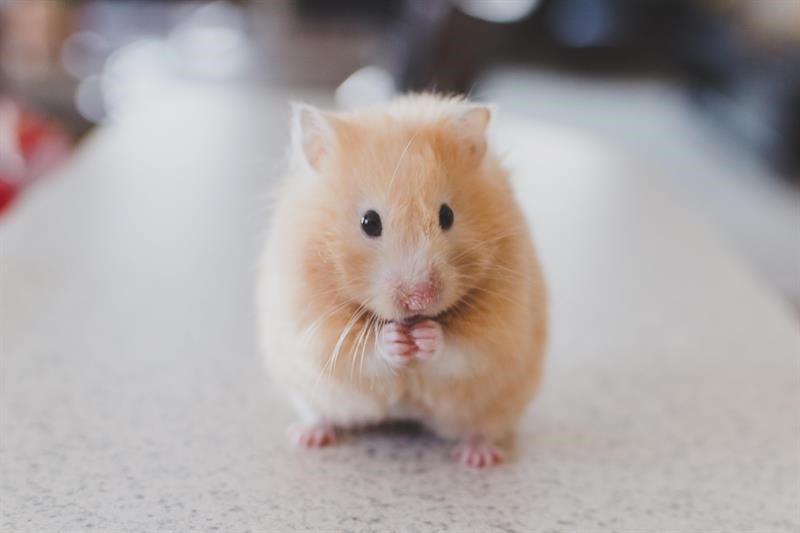Mice help find gene for bad breath
Published: 21/12/2017
Researchers have identified a cause for chronic bad breath (halitosis), with the help of gene knockout mice – or genetically modified mice.
While most cases of bad breath are linked bacteria growing in the mouth, up to 3% of the population have chronic halitosis of no obvious cause.
'It's important to identify the cause of persistent halitosis, and differentiate that cause from relatively benign causes (e.g., gum disease) and the more morbid causes such as liver cirrhosis,' said Professor Kent Lloyd, director of the Mouse Biology Programme at UC Davis.
Researchers at Radboud University in The Netherlands have been studying families with chronic bad breath for several years. They found that these people produced a lot of sulfur-based compounds in their breath, especially methanethiol which has an unpleasant boiled-cabbage smell. Methanethiol is normally produced during digestion but broken down in the body.
Some bacteria can break down sulfur compounds. Based on bacterial genes, the team identified a human protein, selenium binding protein 1, which can convert methanethiol into other and compounds.
When they looked at their human patients, they found that all had mutations in the SELENBP1 gene that produces this protein and they all had high levels of methanethiol and dimethyl sulfide in their blood. When blood reaches the lungs, these smelly sulfur compounds leave the blood and are exhaled in breath.
Similarly, mice with a genetic knockout of the mouse equivalent of SELENBP1 had low levels of the protein and high levels of methanethiol and other volatile sulfur compounds in their blood.
'While we didn't put our noses up to the mice's mouths, we did measure high amounts of some of these odor-forming chemicals in their blood, matching precisely what was found in the patients,' Lloyd said.
Author: Julie Bissett









.jpg?width=150&height=100&scale=canvas)



